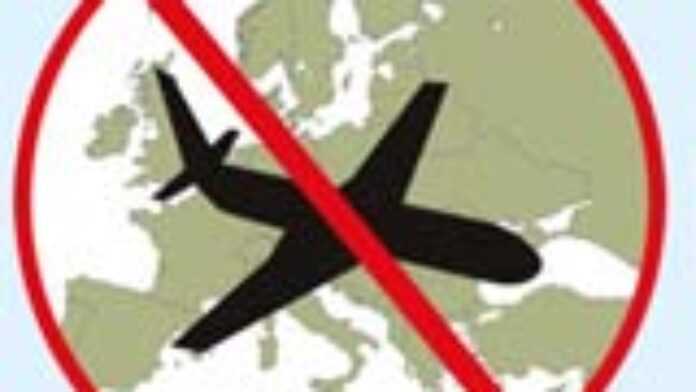
The tragic crash of flight A310 Yemenia in June 2009, off the Comoros coast has revived debates over air transport safety. Tuesday, July 14, 2009, the European Union updated its “blacklisted” airlines: Yemenia was not on the list. A Zambian carrier made its debut on the European blacklist. Africa is particularly affected by these bans because of the age and lack of maintenance of its aircraft.
European countries have updated their airline blacklist. Yemenia airlines, whose aircraft crashed off the Comoros coast last June, is not among the banned companies, although it is under high surveillance. Yemenia airlines’ status will be reviewed after findings of an ongoing investigation are made official.
256 airlines figure on the European airline blacklist which was created in 2006 at the initiative of the European Commission. The companies, from twelve countries and nine individual carriers, have been banned from flying to Europe. Restrictions have been levelled against seven other companies.
African and Asian countries
The ban affects many African countries. Airlines from eight African countries including one from Sudan and another from Rwanda do not have the right to fly to Europe. A total number of 115 African airline companies, which constitute 45% of the blacklist, have been banned from Europe. The rest of the list include, 136 airline companies from Asia, including Kazakhstan and Indonesia, and four from Europe (all in Ukrain).
The Democratic Republic of Congo has the most airlines banned from the European territory with fifty-seven airlines listed. Other countries include, Angola, Equatorial Guinea and Benin with 18, 9 and 8 companies, respectively, banned from Europe.
The review of the blacklist this year sees four Indonesian airlines being allowed into Europe as they meet international safety standards, while all airlines from Kazakhstan (with the exception of one) and Zambia have been banned.
Technical criteria
The European Commission works, with all member states under the auspices of the European Aviation Safety Agency to help identify companies considered as dangerous, to protect travellers.
“The blacklist is a protective tool for passengers. For the airline companies, it most of all serves as a preventive and deterrent measure, especially on the economic front,” spokesperson for Antonio Tajani, European Commissioner for Transport, was quoted as saying in an article published by lemonde.fr 1 July 2009.
Double standards
Prior to the release of a blacklist, the European Union carries out inspections at its airports and checks the status of aircraft. Companies that lose the right to fly into Europe are among those with old or poorly maintained aircraft. The list is updated every three months or at the request of a member country. Outside the European Union, the list has no legal value, although it may serve as an advisory for potential passengers as well as some agencies or even governments.
The list is, however, not exhaustive because controls are not systematic and are only limited to European airports. The crash of the Yemenia Airbus shows how a company may comply with stipulated standards whilst in Europe, only to change aircraft, during a stopover, for a “garbage plane”.
To avoid this scenario, France proposed the establishment of a global list a few days after the Yemenia accident, an idea supported by Brussels. But the president of the International Civil Aviation Organization (ICAO), Roberto Kobeh, has reservations on the issue. A global list would endanger companies without reducing the risk of accidents. The ICAO has rather called for an aid to certain countries to improve the quality of their aircraft.

